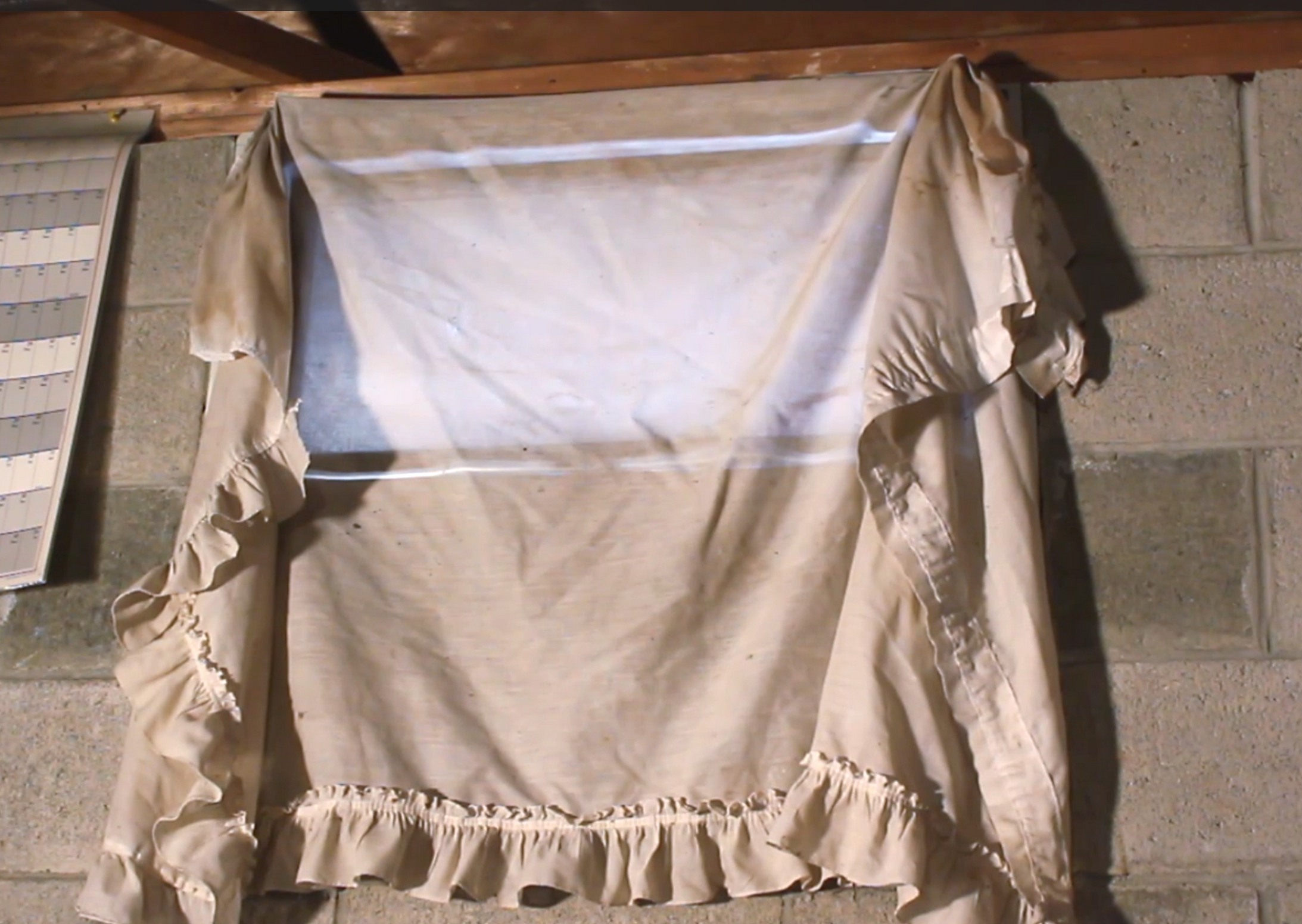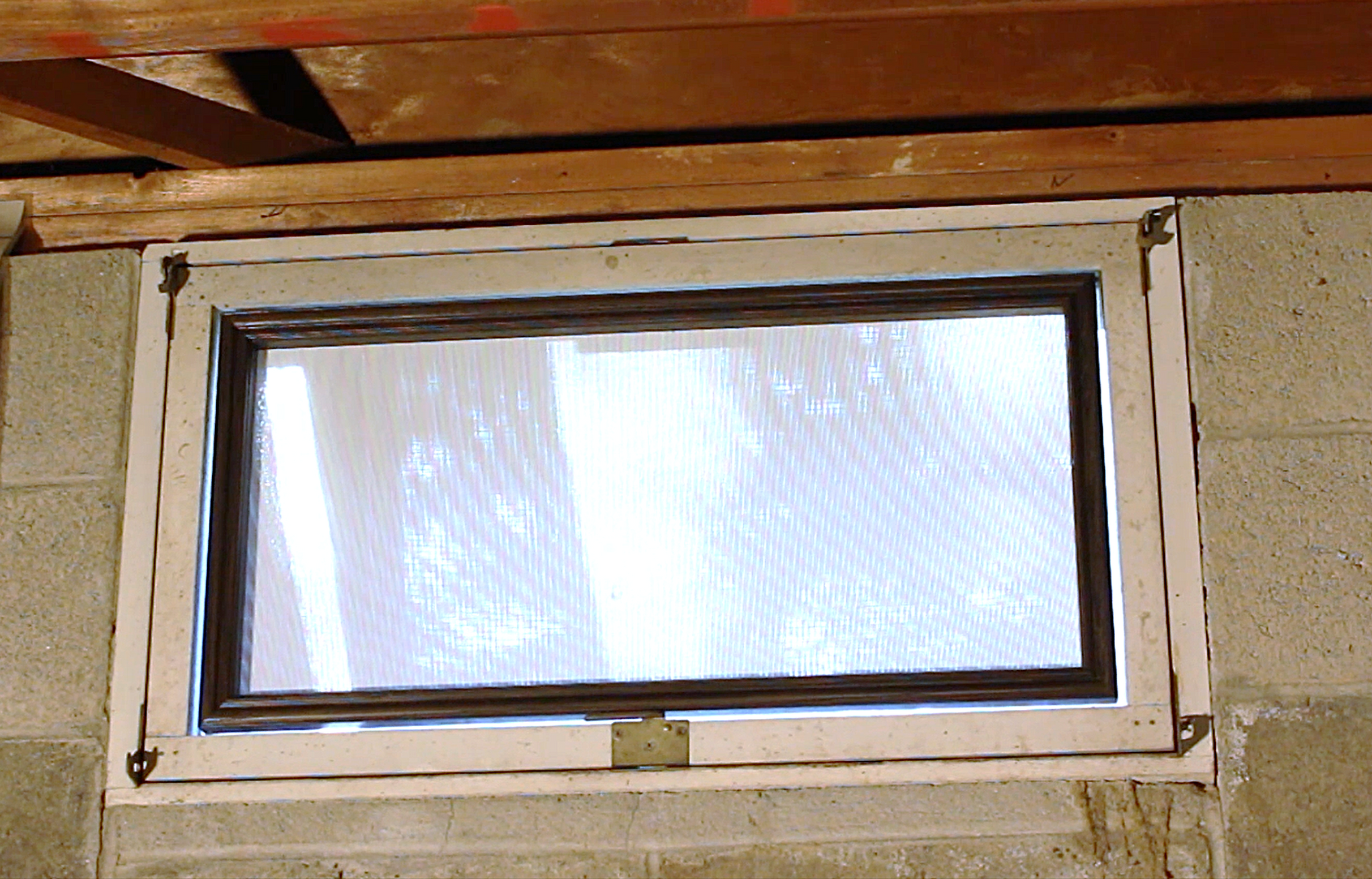Transforming Your Basement into a Functional Living Space
- Cheryl Tice
- Sep 25
- 3 min read
Transforming a basement into a practical living space is a smart way to add value and comfort to your home. Many homeowners overlook their basements, but with the right approach, this often-underutilized area can become a cozy retreat, a home office, or even a guest suite. This guide will walk you through practical steps and ideas to help you make the most of your basement transformation.
Planning Your Basement Transformation
Before starting any renovation, planning is essential. Begin by assessing the current condition of your basement. Check for moisture issues, ceiling height, lighting, and ventilation. These factors will influence your design choices and the materials you use.
Key considerations for planning:
Moisture control: Basements are prone to dampness. Install a vapor barrier or use waterproof paint to prevent mold and mildew.
Ceiling height: Ensure there is enough clearance for comfortable movement. If the ceiling is low, consider creative lighting to make the space feel larger.
Lighting: Basements often lack natural light. Plan for a combination of overhead lights, floor lamps, and wall sconces. Possible opening like windows for natural lighting.
Layout: Decide how you want to use the space. Will it be a family room, a gym, or a home theater? This will guide your furniture and fixture choices.
Creating a detailed plan will save time and money during the renovation process.
Essential Steps in Basement Transformation
Once you have a plan, follow these essential steps to ensure a successful basement transformation:
Waterproofing and Insulation
Start by sealing any cracks in the foundation and installing a sump pump if necessary. Proper insulation will keep the space warm and energy-efficient.
Framing and Drywall
Frame the walls with moisture-resistant materials. Use drywall designed for basements to prevent mold growth.
Flooring
Choose flooring that can withstand potential moisture. Options like vinyl planks, ceramic tiles, or sealed concrete are durable and stylish.
Electrical and Plumbing
Hire professionals to install or upgrade electrical outlets, lighting, and plumbing fixtures. This is especially important if you plan to add a bathroom or kitchenette.
Finishing Touches
Paint the walls in light colors to brighten the space. Add furniture and decor that suit your intended use and needs like window coverings.
Aperture
Adding windows for natural lighting may need to be below ground level or above. If below, items like window wells will need to be considered in the early planning stage. Non-opening or opening encasements are possibilities.
By following these steps, you can create a basement that is both functional and inviting.
What is the best way to cover basement windows?
Basement windows are often small and located near ground level, which can make them a challenge to cover effectively. The best way to cover basement windows depends on your goals - whether you want privacy, light control, or insulation.
Popular options include:
Window wells with covers: These protect windows from debris and water while allowing natural light.
Curtains or blinds: Choose moisture-resistant materials that can withstand basement conditions.
Frosted or textured window film: This option provides privacy without blocking light.
Custom window glass treatments: For a polished look, consider custom-made interior covers that fit your basement’s style.
Using basement glass covers can enhance both the appearance and functionality of your basement windows. They help maintain privacy and improve energy efficiency, making your basement more comfortable year-round.
Creative Ideas to Maximize Your Basement Space
To make your basement truly functional, think creatively about how to use the space. Here are some ideas:
Home Office: Add a desk, ergonomic chair, and good lighting. Use shelves to keep the area organized.
Entertainment Room: Install a large screen, comfortable seating, and soundproofing materials.
Guest Suite: Include a bed, small bathroom, and storage for visitors.
Fitness Area: Use rubber flooring, mirrors, and equipment storage.
Playroom: Bright colors, soft flooring, and plenty of storage for toys make a great kids’ space.
Transforming your basement into a functional living space is a rewarding project that can greatly enhance your home’s usability and value. With careful planning, smart design choices, and regular upkeep, your basement can become a favorite spot for relaxation, work, or entertainment. Start your basement transformation today and unlock the full potential of your home.














Comments